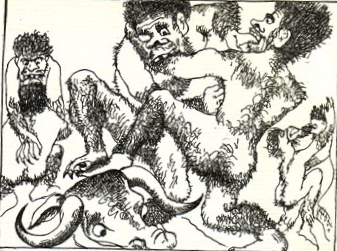
By Bob Hicks
It’s possible Mr. Scatter should have kept his mouth shut.
There he was, scanning the shelves at the local outlet of a mega-mega multinational book store, when a man and his son approached, trailing a clerk behind them. The boy looked to be 10 or 11, and he and his father had seen something on television about a new movie version of Gulliver’s Travels coming out later this month (Jack Black stars as a travel writer on assignment to Bermuda), and they thought it’d be fun to read the book before they saw the movie. But what version?
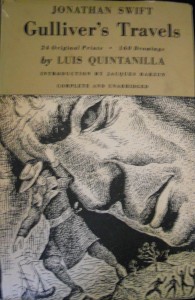 “You probably want one of the adaptations,” the clerk said helpfully. “The language is modernized, and they’re a lot easier for kids to read than the original.”
“You probably want one of the adaptations,” the clerk said helpfully. “The language is modernized, and they’re a lot easier for kids to read than the original.”
Having fulfilled her function, she walked away, never having mentioned that most adaptations also snip out big uncomfortable chunks of the text.
Father and son stood undecided, not sure whether to go for the condensed version or the real thing.
“Buy the original,” Mr. Scatter found himself saying. “It’s lots better.”
Well, it is. Jonathan Swift‘s novel, first published in 1726 under the title Travels into Several Remote Nations of the World, in Four Parts, by Lemuel Gulliver, first a surgeon, and then a captain of several ships, is one of the most hacked-at and sanitized books ever written, and those are the versions, unfortunately, in which most people encounter it. That seems to be largely because its fantastical elements (little people, giants, talking horses, flying cities) tilt it toward the catch-all of children’s literature, despite its often coarse detail and sophisticated adult themes. It is, underneath the flimsiest tissue of whimsy, a scabrous satire on European morals and politics, and quite rude on the subject of bodily functions, and such things will never do for the young and tender-cheeked. (Nor is it the only book to be hogtied and forcibly hustled into the children’s playpen in spite of its original intentions. It’s a bit of a jolt to remember that the Grimm folk and fairy tales, which have been so resolutely cleansed and prettified for nursery and adolescent consumption in the almost 200 years since the brothers first published them, were themselves sanitized versions of older, even more savage folk traditions.) In brief: Take out the scruffy parts of Gulliver’s Travels and you’ve ripped out its heart and soul.
Continue reading Gulliver’s Travels, unbowdlerized →
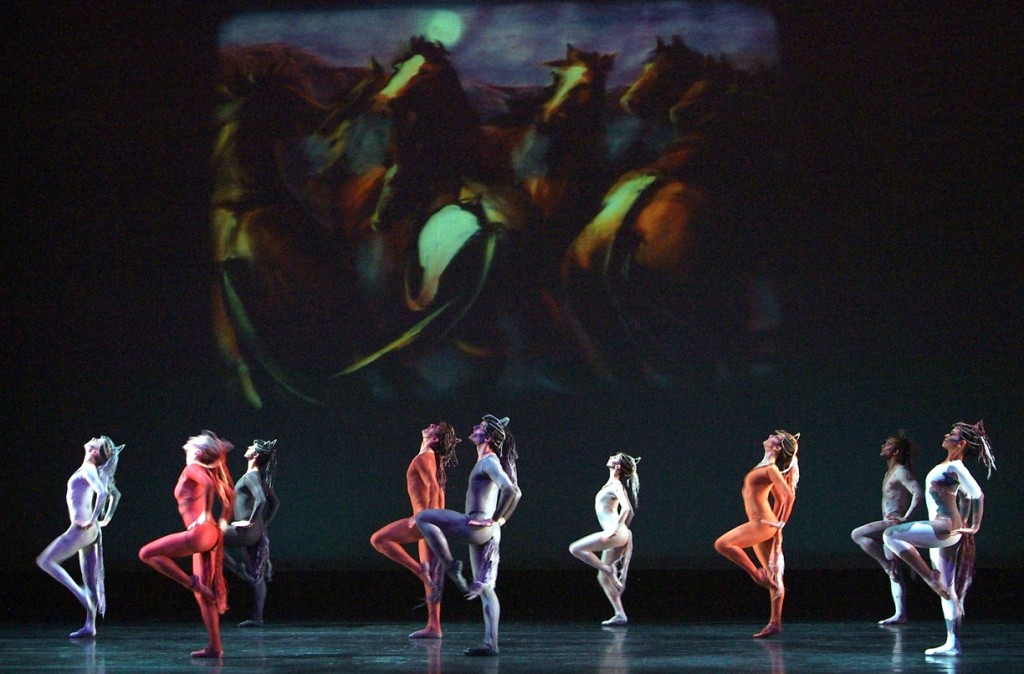
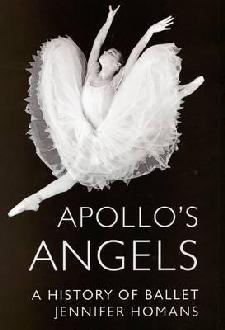 That conclusion is based on my reading of the first few chapters and the last two, all I’ve gotten through so far, though I hasten to add that despite the over-use of “indeed” and a rather girlish use of italics when she wants to emphasize a point, Homans’ book (she has a Ph.D. in modern European history from New York University) is a very well-written history of ballet. Based on what I’ve seen in the last six weeks in our neck of the woods, though, when it comes to the death of ballet you could have fooled me.
That conclusion is based on my reading of the first few chapters and the last two, all I’ve gotten through so far, though I hasten to add that despite the over-use of “indeed” and a rather girlish use of italics when she wants to emphasize a point, Homans’ book (she has a Ph.D. in modern European history from New York University) is a very well-written history of ballet. Based on what I’ve seen in the last six weeks in our neck of the woods, though, when it comes to the death of ballet you could have fooled me.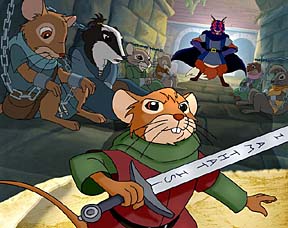 But somehow or other, while critical eyes were cast elsewhere,
But somehow or other, while critical eyes were cast elsewhere, 

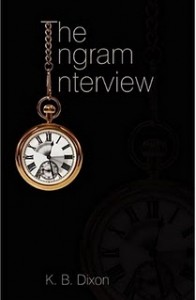 All of this is an honor, and the awards ceremony is bound to be a lot of fun. But as writers tend to do, most of these people have already moved on to new projects. Acito is shifting his attention to New York and a new life in the world of Broadway musicals. Taylor’s had another play, The Strange Case of the Miser at Christmas, on stage for a first reading. And Dixon has just released his newest novel, The Ingram Interview, through
All of this is an honor, and the awards ceremony is bound to be a lot of fun. But as writers tend to do, most of these people have already moved on to new projects. Acito is shifting his attention to New York and a new life in the world of Broadway musicals. Taylor’s had another play, The Strange Case of the Miser at Christmas, on stage for a first reading. And Dixon has just released his newest novel, The Ingram Interview, through 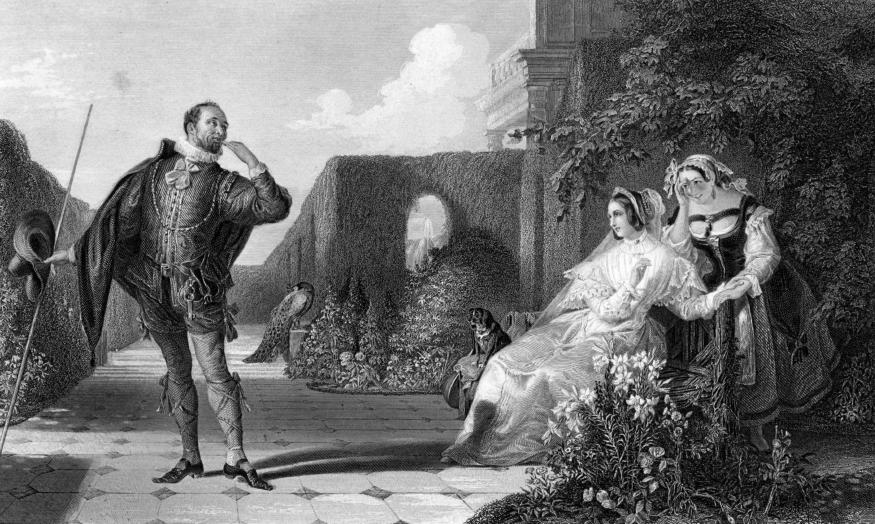
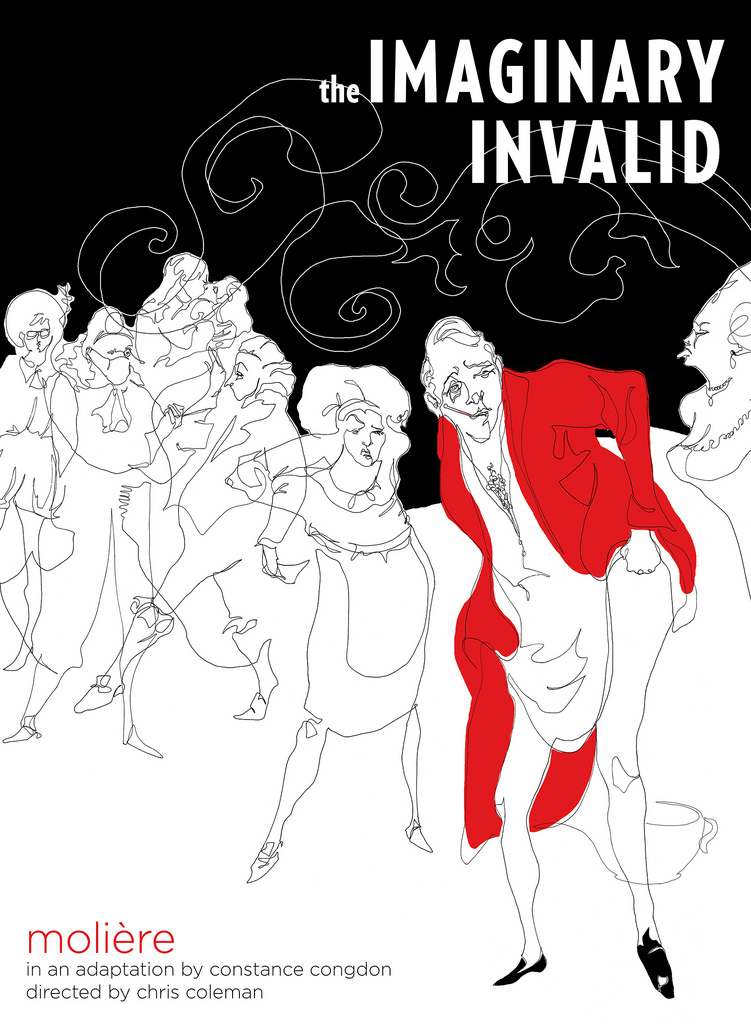 Pepys had notoriously little patience for Shakespeare and his fripperies. What might he have thought, then, of Constance Congdon’s adaptation of Moliere’s
Pepys had notoriously little patience for Shakespeare and his fripperies. What might he have thought, then, of Constance Congdon’s adaptation of Moliere’s 
 Here at Chez Scatter, the arrival of Christmas always includes a good deal of flutter over food. How many people will we be this year? Who eats meat and who doesn’t? What recipes have we been longing to try? How traditional and how daring are we going to be?
Here at Chez Scatter, the arrival of Christmas always includes a good deal of flutter over food. How many people will we be this year? Who eats meat and who doesn’t? What recipes have we been longing to try? How traditional and how daring are we going to be?
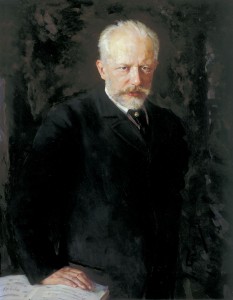 You still occasionally hear people refer to it as Morris’s winking bad-boy spoof of the ubiquitous holiday story ballet, but people who think that about it (a) aren’t paying a lot of attention to the dance itself, and (b) apparently haven’t read the
You still occasionally hear people refer to it as Morris’s winking bad-boy spoof of the ubiquitous holiday story ballet, but people who think that about it (a) aren’t paying a lot of attention to the dance itself, and (b) apparently haven’t read the 
 “You probably want one of the adaptations,” the clerk said helpfully. “The language is modernized, and they’re a lot easier for kids to read than the original.”
“You probably want one of the adaptations,” the clerk said helpfully. “The language is modernized, and they’re a lot easier for kids to read than the original.”